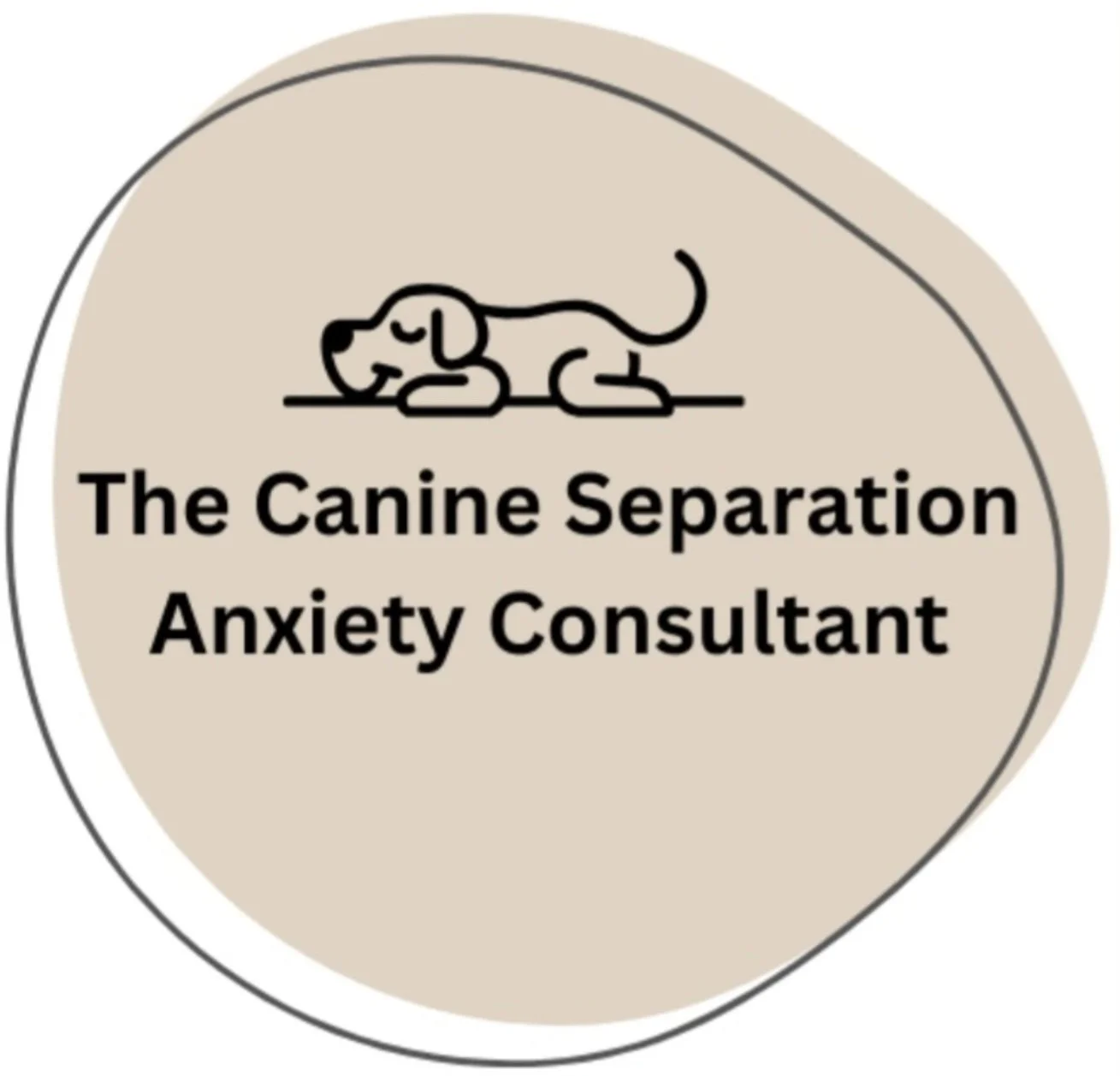What Really Happens When You Leave a Dog With Separation Anxiety to “Cry It Out”
It’s a common misconception that if you ignore a dog with separation anxiety, they’ll eventually learn to “self-soothe” and stop barking, whining, or pacing. In reality, letting your dog “cry it out” can be emotionally distressing, potentially harmful, and doesn’t address the root cause of their anxiety.
Here’s what the science tells us happens, and why it matters.
Dogs With Separation Anxiety Experience Genuine Distress
Separation anxiety isn’t a behaviour problem, it’s a panic disorder. When a dog with separation anxiety is left alone, their brain reacts similarly to how a human might during a panic attack.
Studies measuring salivary cortisol levels (a biomarker of stress) show that dogs with separation-related behaviour experience significant physiological stress when left alone, far more than dogs who are simply bored or under-stimulated (Beerda et al., 1997; Dreschel & Granger, 2005). These studies also found elevated heart rates and behavioural signs of distress.
This isn’t just about the immediate panic your dog experiences. Chronic stress can have long-term effects on their physical and emotional wellbeing.
Why They Might Eventually Stop Barking
If a dog is left to bark, whine, or howl without any support, they may eventually go quiet. But this doesn’t mean they’ve learned to cope.
In many cases, this is a response called learned helplessness.
This phenomenon, first studied in dogs by Seligman and Maier (1967), occurs when an animal is repeatedly exposed to a stressful situation they can’t escape or control. Over time, the dog stops trying to change their situation, not because they feel safe, but because they’ve given up.
In real life, your dog may lie down quietly after hours of distress. But that stillness isn’t calm. It’s shutdown.
This isn’t recovery, it’s resignation.
The Risks of Letting a Dog “Cry It Out”
Letting a dog “cry it out” can result in serious consequences:
Worsening anxiety: Repeated exposure to overwhelming stress can sensitise your dog, making future separations even harder (Overall, 2013).
Injury: Dogs in a panicked state may chew doors, crate bars, or windowsills. They can injure their mouths or paws, or even self-mutilate.
Loss of trust: The human–animal bond may be damaged if a dog feels abandoned or unsupported in their distress.
New behaviour problems: Dogs may develop additional issues, such as noise sensitivity, generalised anxiety, or destructive behaviour and indoor toileting while alone.
What To Do Instead
The most humane and effective way to support a dog with separation anxiety is through gradual desensitisation.
This means teaching your dog, in tiny, manageable steps, that being alone is safe. It involves never leaving them for longer than they can cope with.
To achieve this, you may need support from a qualified separation anxiety trainer, as well as help from others to care for your dog during the training process.
Yes, it takes time. But it’s ethical. It’s kind. And it works.
A stark contrast to leaving a dog in distress to "cry it out."
Final Thoughts
Leaving a dog to “cry it out” isn’t just ineffective, it risks long-term damage to their emotional wellbeing. Dogs don’t simply “get over it.” They need our help.
If your dog struggles when you leave, it’s not their fault, and you’re not alone. Evidence-based support is available. With the right approach, recovery is absolutely possible.
Want to learn more about how to help your dog?
You can explore my other blog posts for in-depth guidance on the training process.
Need one-to-one support?
Book your free Pre-Training Consultation Call to find out more about the support I offer, and reserve your place.
References
Beerda, B., et al. (1997). Manifestations of chronic and acute stress in dogs. Applied Animal Behaviour Science, 52(3–4), 307–319.
Overall, K.L. (2013). Manual of Clinical Behavioral Medicine for Dogs and Cats. Elsevier.
Seligman, M.E.P., & Maier, S.F. (1967). Failure to escape traumatic shock. Journal of Experimental Psychology, 74(1), 1–9.
